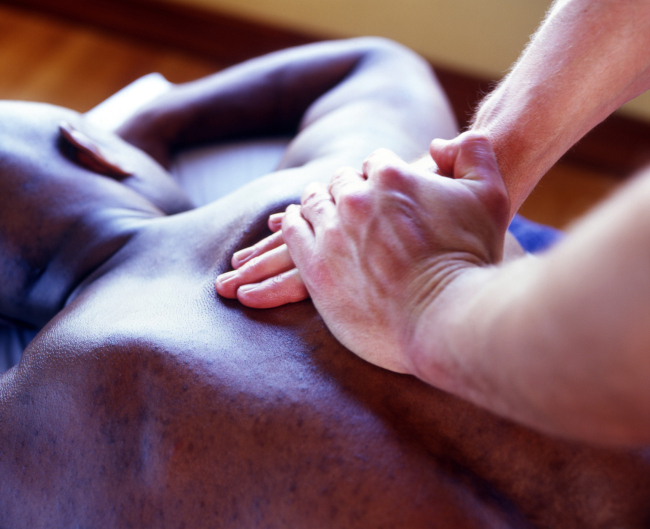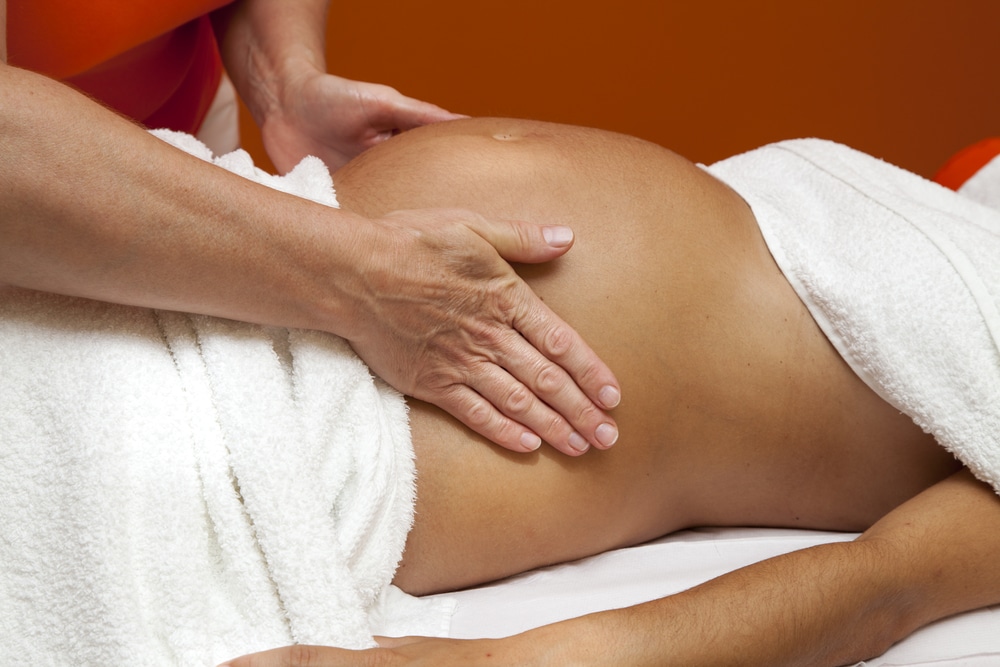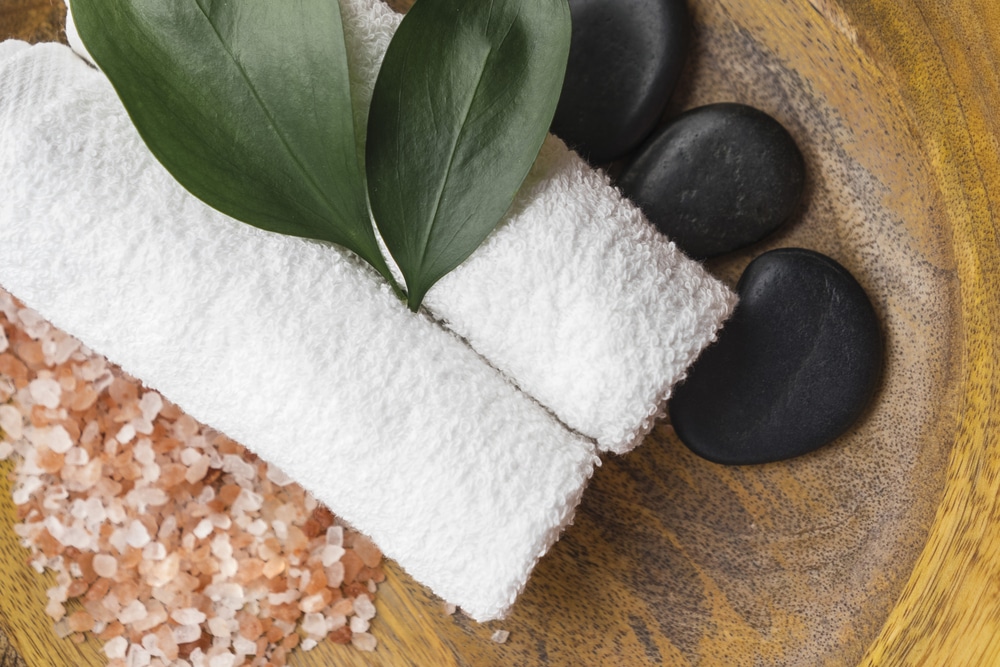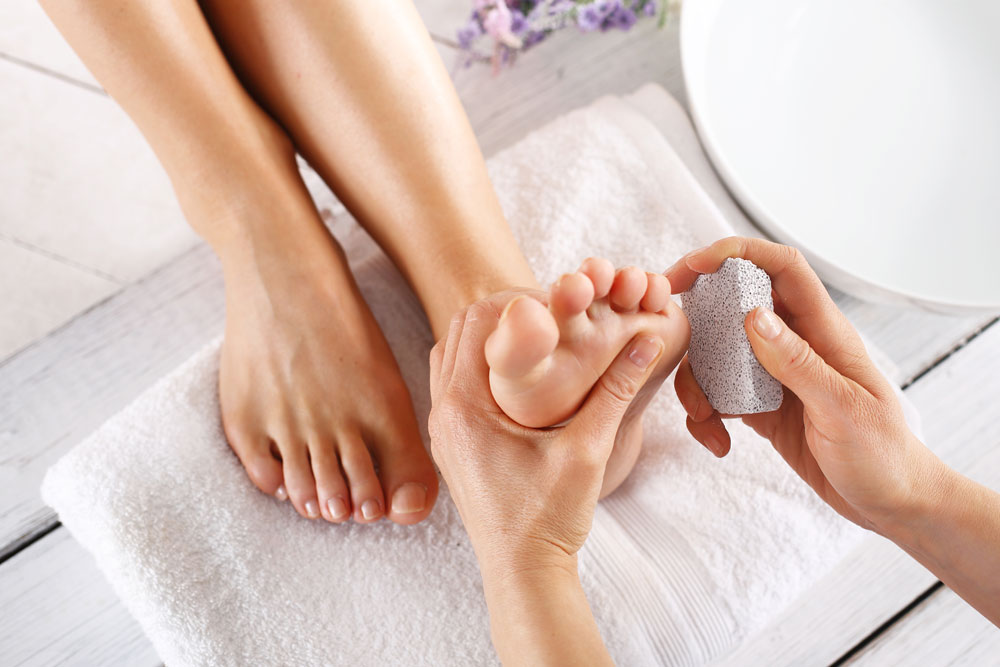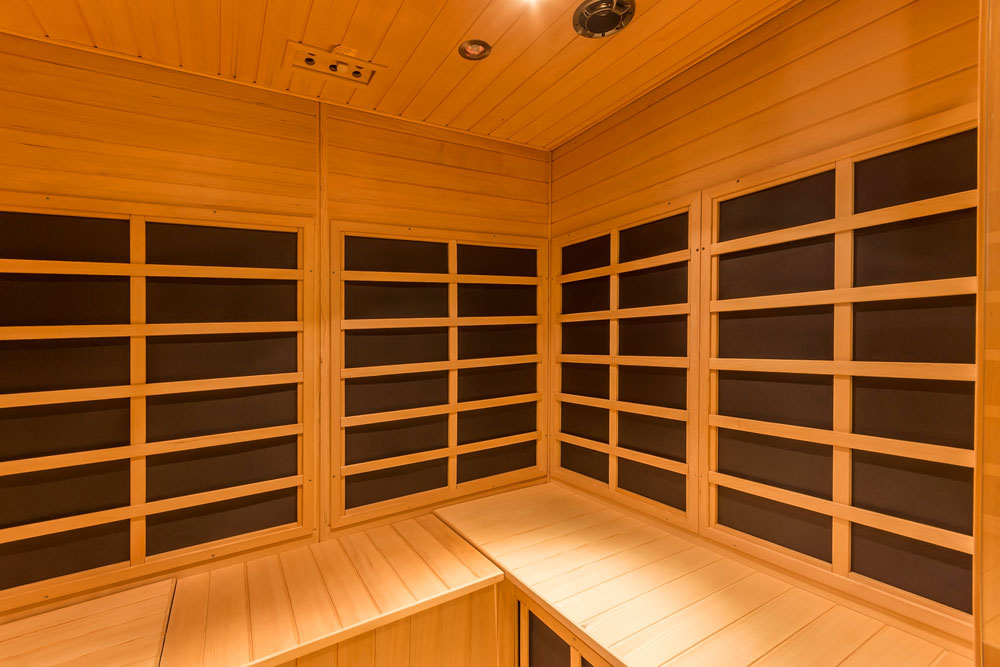Having been a massage therapist for 13 years, I get asked this question often, along with “Does it hurt?”, “What can I expect?”, and “How often should I get a massage?”
I would like to answer some of these questions and see if this might help clients understand what to expect, who should get a deep tissue massage, and how often they might need to receive a massage. As we know, every client is different; therefore, it is important that the client ask the questions and share their concerns with the therapist. One of the most important parts of any massage experience is to build a rapport and trust with the therapist.

With the first visit, the therapist should have the client fill out a wellness chart or intake form; this will help the therapist do a complete assessment before starting. The therapist will then determine what brought the client in today and what their goal is for this session. This will help both the client and the therapist design the massage that is best suited for the client’s needs.

How is deep tissue different from other types of massage, such as Swedish (relaxation) massage, hot stone massage, or sports massage? Deep tissue is a specific type of massage that works on the deep layers of the muscle and fascia in the body. Sometimes this type of massage will incorporate techniques using firmer pressure to reach those difficult areas and get them to release. This is recommended for clients who are comfortable with a slightly more intense touch. Deep tissue massage has been known to create physiological changes in the tissue, which in turn can create systemic changes. This will allow layers of muscles to move more independently and have an easier slide or glide, working together to help improve posture, lengthen the spine, and improve the quality of the soft tissue. This can improve movement, gait, and even sleep quality.
Deep tissue massage will work on more connective tissue and fascia, as opposed to Swedish massage, which works on more of the superficial layers of the body. Deep tissue massage can be used for pain relief, tension, stress, and immobility or lack of movement. Pain in the body can be a result of inflammation, scar tissue, adhesions or knots that have built up over a period of time. Emotional stress, physical stress, and psychological stress can also play a part in causing pain in the muscles, tendons and ligaments. Stress on the body can cause the body to begin breaking down muscles, cells, and the immune system, which in turn can cause disease in the body, problems sleeping, depression, and anxiety.
Deep tissue massage offers more effective stress relief. Whether you’re stressed out due to work, home, finances, or family, deep tissue massage can help ease this stress in a healthy manner. Stress can cause major damage to mental and physical health, resulting in more visits to your doctor and even medication.
A deep tissue massage can last 60 minutes, 75 minutes, or 90 minutes, depending on how large of an area needs to be covered. Most therapists will recommend a 90-minute massage if full body is desired. This will give the therapist ample time to cover the area of concern for deep work and still give a full body massage.
There are several different types of deep tissue techniques that the therapist might incorporate during a massage session. They might use neuromuscular therapy (trigger point work), positional release, skin rolling, myofascial release, pin and stretching, and/or passive and active movement. The therapist can use different tools during the session, including thumbs, elbows, knees and knuckles. At times, the pressure can feel intense to the point of discomfort. At any time, if the pressure feels like “Ouch, that really hurts”, it is important to speak up and let the therapist know the pain is too intense. Each client is different, and the pain tolerance for everyone is different. It is important to let the therapist know when the massage is no longer pleasant.
Getting to know the client and the pain level for the client can be a challenge for the therapist if the client does not speak up and let the therapist know when the discomfort level has been reached. It is important to make sure the muscles and fascia have been warmed up and ready for deep pressure. This can be accomplished through different techniques, friction, vibration, skin rolling, warm towels, hot stones, Biofreeze, hot packs, and slow, short strokes to the area of concern. Warming up the area can allow the fascia to return to its normal gel state and the muscle to relax, bringing fresh blood with oxygen to the problem area and release toxins that have built up in the connective tissues. Breaking up the adhesions can happen through sustained holding, continuous massaging of the area, or cross fiber (opening and stretching of the muscle fibers). Once the adhesions or knots have been released, it is important to flush out the area and release the toxins back into the body so that the body can expel the toxins through drinking plenty of water after the massage.
Ice packs, hot packs, soaking in hot bath with Epsom salt, and resting after the massage can help relieve any chance of soreness after the massage. There can be some discomfort the next day due to releasing the muscles and flushing out toxins. Using Biofreeze or heat can help relieve some of the soreness. This should only last a day or two, and then the client should feel much better and see improvement in range of motion, less pain, less stress on the body and mind, and improved relaxation.
Deep tissue massage is great for:
- Office workers who are at a computer all day, as their neck, shoulders, and upper back are often stiff, tensed, and painful
- Frequent gym-goers, athletes, weightlifters, runners, and body builders
- Construction workers, truck drivers, or blue collar workers who must perform heavy lifting and use their muscles all day for job performance
The next time there is pain in areas of concern, seek out a therapeutic deep tissue massage. Most the time, the client will feel some relief with the first session. The therapist may recommend follow-up visits weekly, bi-weekly, or monthly. If the areas of concern are created from repetitive movement, the activities that created the knots and adhesions will continue to create problems for the client. Regular massages can help contain those concerned areas and keep the muscles relaxed before the knots and adhesions have a chance to form.
The therapist will recommend ice, drinking lots of water, and even some heat before going to bed. Continue to relax for the rest of the day, as this will allow the muscles to regenerate, soften, and stay relaxed, giving the body time to heal itself and restore it back into hemostasis (a balanced, healthy state of mind, body and spirit).
Who needs a deep tissue massage? This should be determined by the therapist from the information the client gives. Next time there is pain, discomfort, stress and tension, think about seeking a more natural, healthy way to restore the body. Communication is the key to getting the best out of a deep tissue massage session.
































